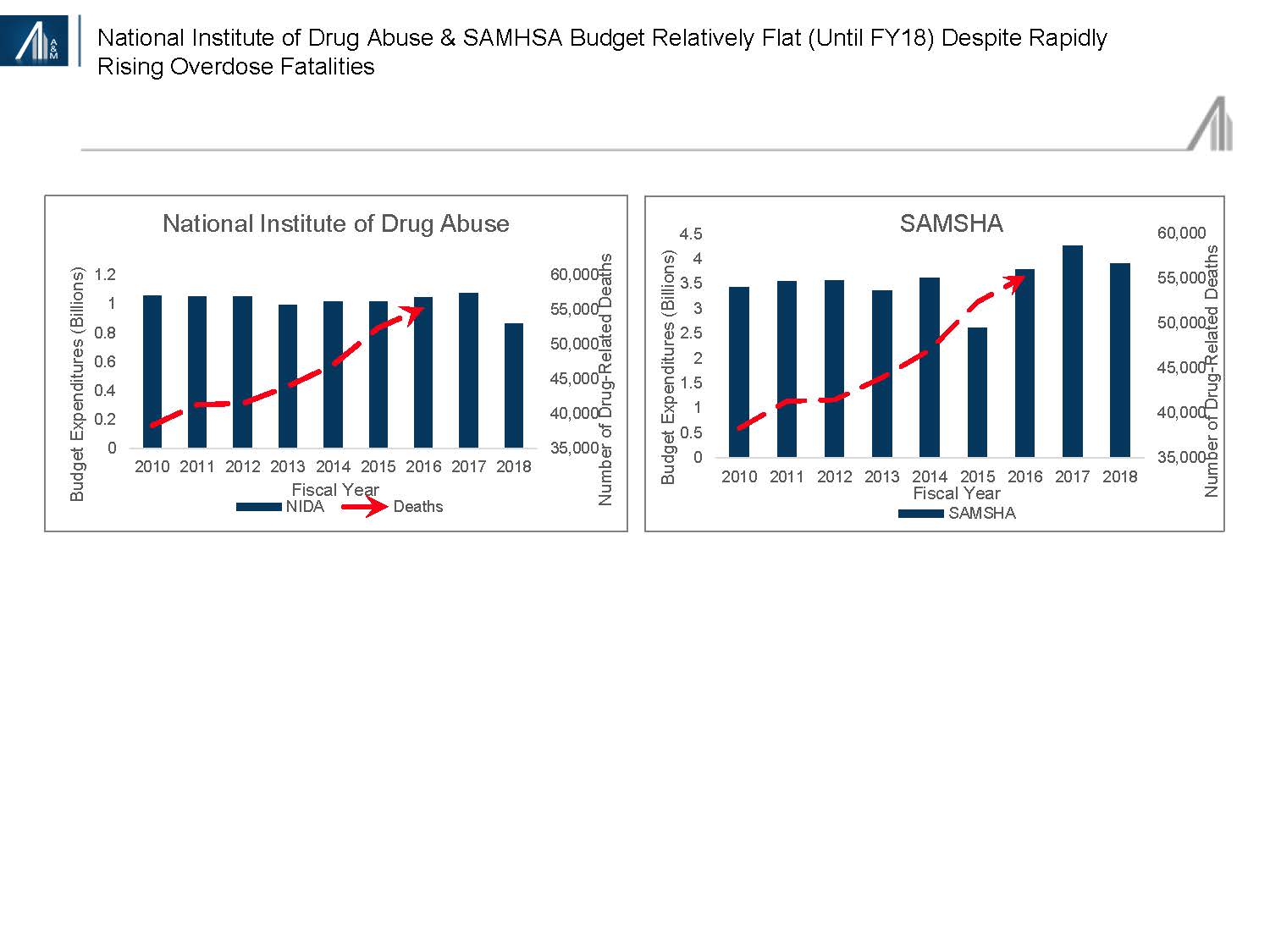Various kinds of programs provide assistance in drug rehab, consisting of: residential treatment (in-patient/out-patient), regional support system, extended care centers, healing or sober houses, addiction counselling, mental health, and treatment. Some rehabilitation focuses offer age- and gender-specific programs. In an American survey of treatment providers from three separate organizations (the National Association of Alcohol Addiction and Mental Health Delray Drug Abuse Counselors, Logical Recovery Systems and the Society of Psychologists in Addicting Behaviors) determining the treatment provider's actions on the Spiritual Belief Scale (a scale determining belief in the 4 spiritual attributes Twelve step programs recognized by Ernest Kurtz); ball games were discovered to discuss 41% of the difference in the treatment supplier's reactions on the Addiction Belief Scale (a scale determining adherence to the disease model or the free-will model addiction).
The National Institute on Drug Abuse (NIDA) suggests detoxing followed by both medication (where relevant) and behavior modification, followed by regression prevention. According to NIDA, efficient treatment must resolve medical and psychological health services along with follow-up alternatives, such as community or family-based healing support systems. Whatever the methodology, client inspiration is a crucial element in treatment success.
Medication like methadone and buprenorphine can be utilized to treat addiction to prescription opiates, and behavioral therapies can be used to deal with dependency to prescription stimulants, benzodiazepines, and other drugs. Types of behavior modification consist of: Cognitive-behavioral treatment, which seeks to assist patients to recognize, prevent and handle scenarios in which they are more than likely to regression.
Inspirational interviewing, which is developed to increase patient motivation to change behavior and enter treatment. Motivational incentives, which utilizes positive reinforcement to motivate abstaining from the addictive substance. EEG Biofeedback enhanced treatment enhances abstinence rates of 12-step, faith-based and medically helped dependency for drug, methamphetamine, alcohol addiction and opioid dependencies. Treatment can be a long process and the period is dependent Drug Rehab Facility upon the client's needs and history of abuse.

Particular opioid medications such as methadone and more buprenorphine are extensively used to treat addiction and reliance on other opioids such as heroin, morphine or oxycodone. Methadone and buprenorphine are maintenance treatments intended to reduce yearnings for opiates, thus decreasing unlawful drug use, and the dangers associated with it, such as illness, arrest, imprisonment, and death, in line with the approach of damage reduction.

All available studies gathered in the 2005 Australian National Examination of Pharmacotherapies for Opioid Dependence recommend that upkeep treatment is more effective, with very high rates (79100%) of relapse within three months of cleansing from levo-- acetylmethadol (LAAM), buprenorphine, and methadone. According to the National Institute on Substance Abuse (NIDA), patients supported on adequate, continual doses of methadone or buprenorphine can keep their tasks, avoid criminal offense and violence, and decrease their direct exposure to HIV and Hepatitis C by stopping or lowering injection substance abuse and drug-related high danger sexual behavior.
The Prescription Opioid Addiction Treatment Study: What Have We Learned. - The Facts
It is usually prescribed in outpatient medical conditions. Naltrexone obstructs the blissful results of alcohol and opiates. Naltrexone cuts regression risk during the very first three months by about 36%. Nevertheless, it is far less efficient in assisting clients maintain abstaining or retaining them in the drug-treatment system (retention rates average 12% at 90 days for naltrexone, typical 57% at 90 days for buprenorphine, typical 61% at 90 days for methadone).
To date, there have actually never ever been any controlled studies showing it to be reliable, and it is not accepted as a treatment by doctors, pharmacists, or addictionologist. There have likewise been numerous deaths related to ibogaine usage, which triggers tachycardia and long QT syndrome. The drug is a prohibited Arrange I managed compound in the United States, and the foreign facilities in which it is administered from tend to have little oversight, and variety from motel rooms Learn more to one moderately-sized rehabilitation center.
These medications consist of bupropion and nortriptyline. Bupropion hinders the re-uptake of nor-epinephrine and dopamine and has actually been FDA authorized for cigarette smoking cessation, while nortriptyline is a tricyclic antidepressant which has actually been utilized to aid in smoking cessation it has actually not been FDA authorized for this indication. Acamprosate, disulfiram and topiramate (an unique anticonvulsant sulphonated sugar) are also used to deal with alcohol dependency.
Disulfiram (also called Antabuse) produces an extremely unpleasant response when drinking alcohol that includes flushing, queasiness and palpitations. It is more effective for patients with high motivation and some addicts use it only for high-risk situations. Patients who wish to continue drinking or may be likely to relapse should not take disulfiram as it can lead to the disulfiram-alcohol reaction pointed out formerly, which is really major and can even be fatal.
Substance abusers likewise often utilize the gas as an inhalant. Like all other inhalants, it's popular since it supplies consciousness-altering impacts while permitting users to avoid a few of the legal issues surrounding illegal or controlled substances of abuse. Abuse of laughing gas can produce considerable short-term and long-term damage to human health, including a form of oxygen starvation called hypoxia, mental retardation, and a severe vitamin B12 shortage that can result in nerve damage.
In-patient residential treatment for alcoholic abuse is normally rather pricey without appropriate insurance coverage. Many American programs follow a 2830 day program length. The length is based entirely upon providers' experience. During the 1940s, clients stayed about one week to overcome the physical modifications, another week to understand the program, and another week or 2 to end up being stable.
7 Simple Techniques For What Are The Responsibilites Of Clinical In Addiction Treatment
These include, but are not limited to AA, Narcotics Anonymous, Drug Anonymous and Al-Anon. One current study recommends the significance of household involvement in domestic treatment client retention, discovering "increased program conclusion rate for those with a member of the family or better half included in a seven-day household program". Clients with extreme opioid addiction are being given brain implants to help in reducing their yearnings, in the very first trial of its kind in the US.
Surgery follows with doctors making a little hole in the skull in order to insert a tiny 1mm electrode in the particular area of the brain that regulates impulses such as dependency and self-control. This treatment is for those who have actually failed every other treatment, whether that is medicine, behavior modification, social interventions.
The definition of healing remains divided and subjective in drug rehab, as there are no set standards for determining healing. The Betty Ford Institute specified healing as accomplishing complete abstinence in addition to individual wellness while other research studies have considered "near abstaining" as a definition. The large range of significances has actually complicated the procedure of selecting rehab programs. how to provide addiction treatment for those who do not have insurance or medicaid.
People founded guilty of small drug offenses might be sentenced to rehab rather of jail, and those founded guilty of driving while intoxicated are in some cases needed to go to Twelve step programs conferences. There are a multitude of ways to deal with an alternative sentence in a drug belongings or DUI case; significantly, American courts are willing to check out outside-the-box approaches for delivering this service.